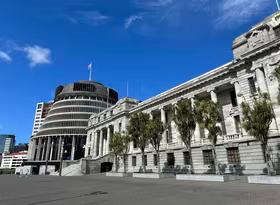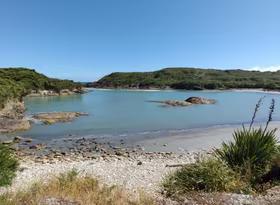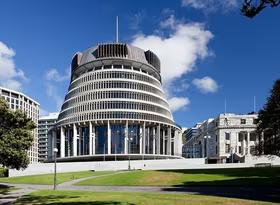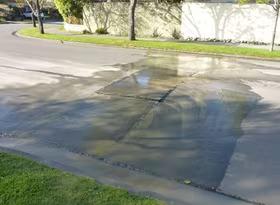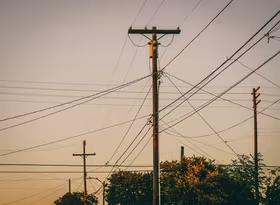Off track with rail
The cost of propping up rail over the past fifty years can probably be totted up but it would be a disheartening job. Whatever the result the message is likely to be that rail, in its present form, is not a viable business in New Zealand. There may well be a case for subsidising urban passenger rail services and it’s not the focus of this article. But it’s well past time to take a hard-nosed look at the rail freight business in this country.
Taxpayers are about to be landed with yet another bill for the rolling stock as the government helps Toll Holdings extract itself from the financial pit it’s fallen into. Why do we keep chucking money at a business that doesn’t appear to stack up commercially?
Rail is potentially an efficient way of shifting bulk products over long distance. It’s fuel efficient and also uses less labour than road for every tonne-kilometre of freight. In that sense there’s a business case for rail, but it is probably limited to a few products and routes. For example, transporting coal from the West Coast to ship out of Lyttelton and steel from the mill at Glenbrook to the Port of Tauranga may be commercially viable. And there are probably other examples of rail being the most cost-effective method of getting big tonnages of general freight between the major cities.
However, the disastrous financial performance of rail freight over many decades tells us that the majority of rail operations run at a loss. That’s generally a powerful signal to close the business and do something else with the capital unless there is a compelling social benefit associated with running the service.
Now there maybe some arguments why that may be the case – unfair treatment of rail versus road in terms of public investment is a common one.
Let’s stand back and ask a fundamental question. If we were starting from scratch today, would we build all the rail tracks we currently operate? Unlikely! The last genuinely new rail line we started building was more than fifty years ago in Nelson and the government of the day bravely decided to abandon that project. Rail may have been a logical land transport mode over a hundred years ago when it was really the only form of land transport system capable of carrying reasonable quantities of goods and people. Times have changed, and technological progress in the motor vehicle industry has far outstripped what has occurred in rail, certainly in New Zealand.
The fact is New Zealand has a very small population and therefore the need to freight large quantities of goods over long distances is pretty limited. It seems hard to see why we would maintain two comprehensive land transport systems for a country with so few people spread so thinly.
Why not consider focusing our scarce capital on the road network with more dual carriage way main roads and allow bigger trucks to travel on these main routes. There’s probably a case for maintaining some core rail routes particularly in the Auckland, Hamilton Tauranga triangle, and there may well be a case for short rail links from major milk, meat and wood processing plants to ports. Coastal shipping might be a better way to transport large quantities of general freight around the country than rail, given the long thin nature of the country and the many existing ports.
One of the problems with always bailing out rail and encouraging businesses to use it, is that firms invest on the basis that rail will be available at reasonable cost. The dairy industry for instance has developed large scale processing plants, at least partly on the assumption that it could transport liquid milk relatively cheaply over long distances using rail. If that assumption was in fact not valid, and they knew it, then the industry may have stuck to existing smaller dairy factories located nearer the sources of the raw milk.
It would be a shame, if, when repurchasing the full train set, the government passes up the opportunity to better tailor our land transport system to the small size of the economy. It is an expensive luxury to maintain two comprehensive and capital-intensive land transport systems. Freeing up the poorly performing capital that has been tied up in many parts of the rail network would allow us to boost investment in other key infrastructure or at least put it to more productive use elsewhere in the economy.
